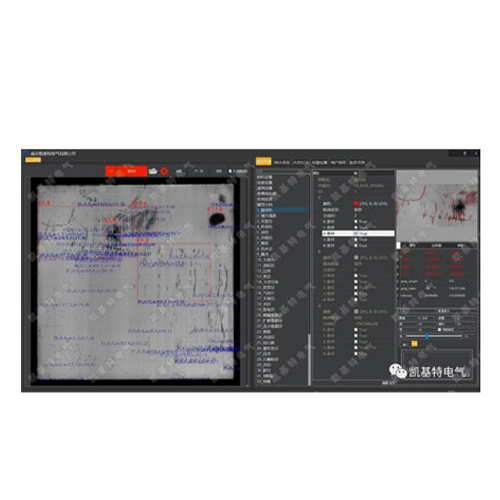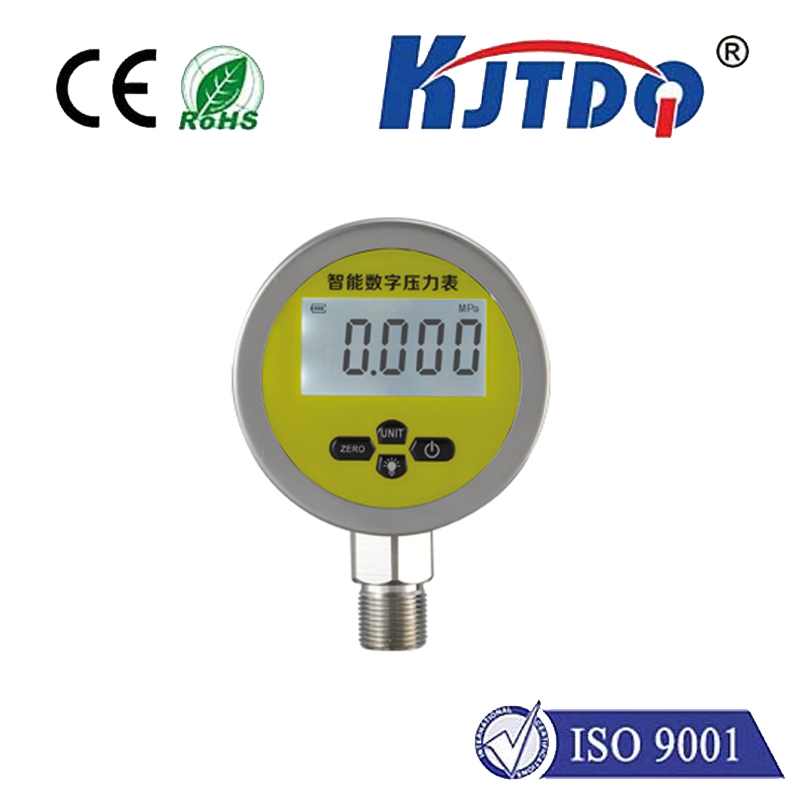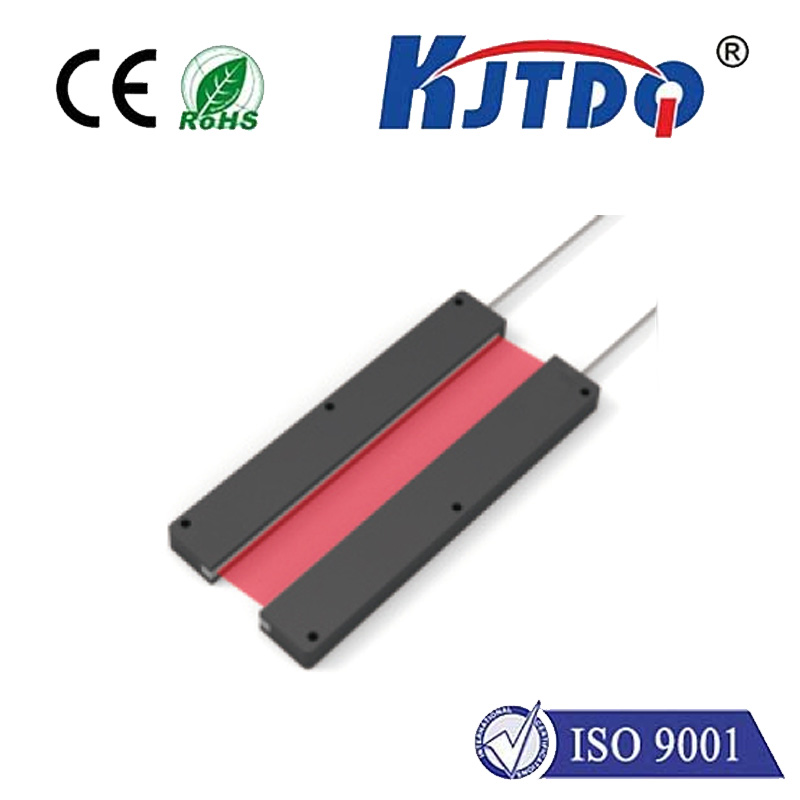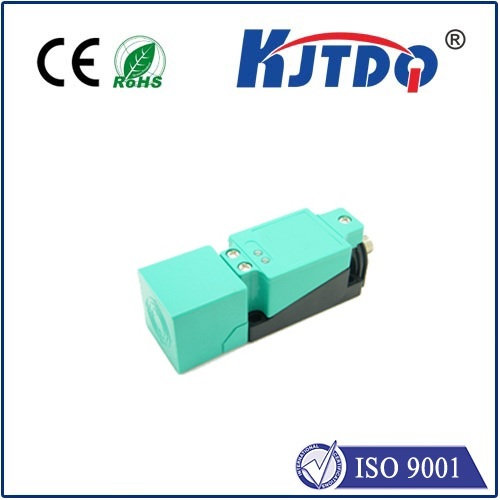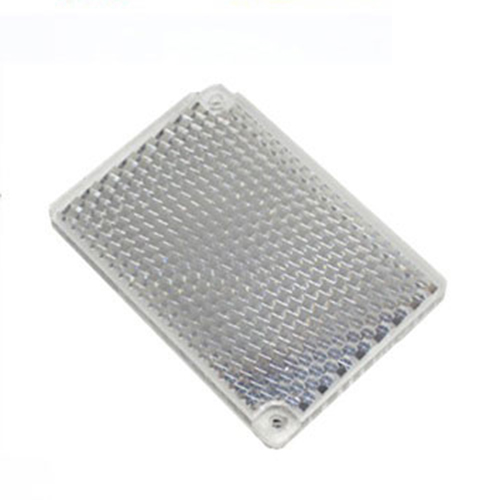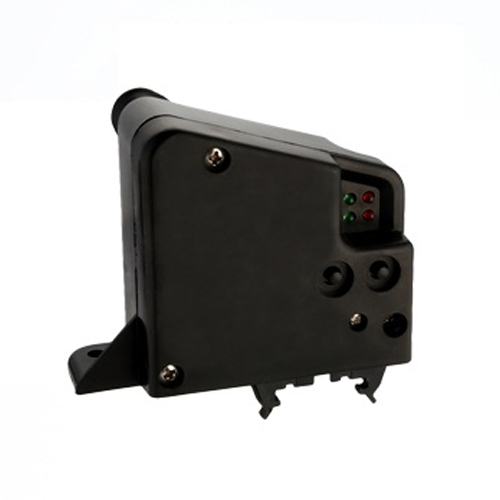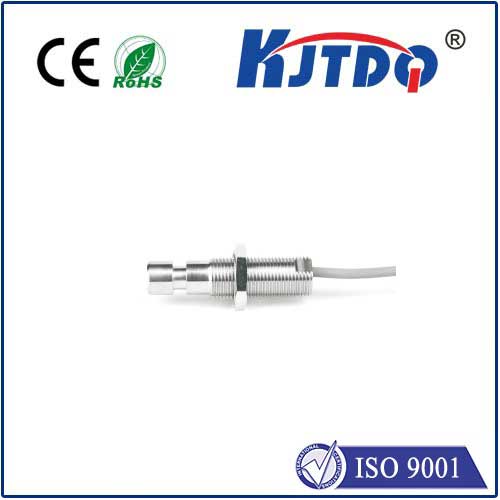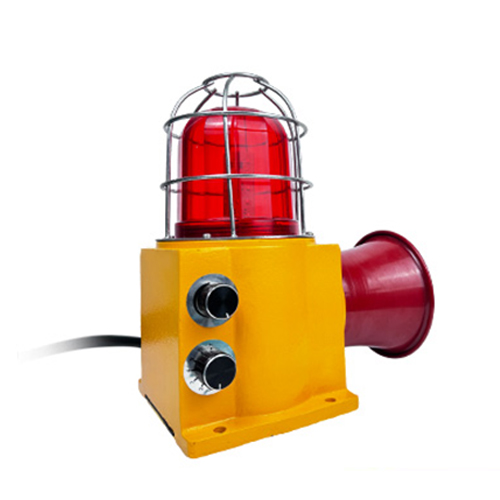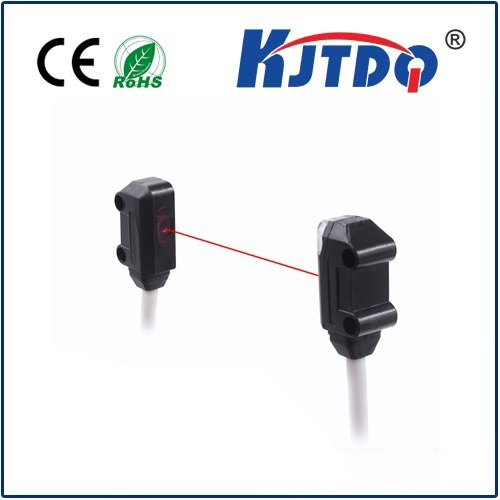

check

check

check

check

check

check

check

check

check

check
Title: Understanding Limit Switches Through Drawings
Limit switches are essential components in various industrial and mechanical systems, playing a crucial role in monitoring and controlling the position of moving objects or machinery. They provide feedback to the control system when an object has reached a predetermined limit or position. In this article, we will explore the concept of limit switches through detailed drawings, aiming to enhance your understanding of their design and functionality.
1. Basic Components of a Limit Switch
The basic structure of a limit switch can be represented by a simple drawing consisting of three main elements: actuator, housing, and contacts. The actuator is the part that physically interacts with the moving component to trigger the switch. The housing encases the electrical components, protecting them from environmental factors. Finally, the contacts are responsible for completing or breaking the circuit when the switch is activated or deactivated.
2. Actuator Types and Their Representation

Different types of actuators serve different applications based on the motion characteristics of the monitored object. For instance, roller lever actuators are suitable for flat surfaces, while plunger-type actuators work well with cylindrical objects. These distinctions can be clearly illustrated in drawings, showing how each type engages with its corresponding surface to activate the switch.
3. Housing Designs and Mounting Options
The housing of a limit switch not only protects the internal mechanism but also offers mounting options to secure it in place. Drawings can showcase different housing designs, including flange-mounted and threaded models, allowing users to choose the best fit for their application requirements. Additionally, illustrations can depict how these housings can be mounted on machinery or walls using screws or brackets.
4. Contact Arrangements and Functionality
The contact configuration within a limit switch determines its ability to handle different circuits and control tasks. Single-pole single-throw (SPST) contacts are commonly used for simple applications, whereas double-pole double-throw (DPDT) contacts accommodate more complex circuitry. Drawings can vividly illustrate these arrangements, showing how each contact pair functions and how they might be connected in series or parallel to achieve desired outcomes.
5. Wiring Diagrams and Connection Points
A clear wiring diagram is essential for understanding how to connect a limit switch into a larger control system. Drawings should depict the proper connection points for power supply, output signals, and common leads. By providing a visual reference, individuals without extensive electrical knowledge can confidently wire up a limit switch correctly.
6. Application Examples and Integration Methods
Finally, drawings can depict real-world applications of limit switches in various scenarios such as conveyor belt systems, robotic arms, or safety barriers. These illustrations can show how limit switches integrate with other devices like sensors, controllers, and motors to create a cohesive automated system.
In conclusion, through detailed drawings, one can gain profound insights into the world of limit switches. From basic components to intricate wiring diagrams and practical applications, these visual aids simplify complex concepts and empower users to implement and maintain effective limit switch solutions in their projects. By combining technical expertise with artistic rendering, we open up new avenues for learning and innovation in the field of automation and control engineering.
